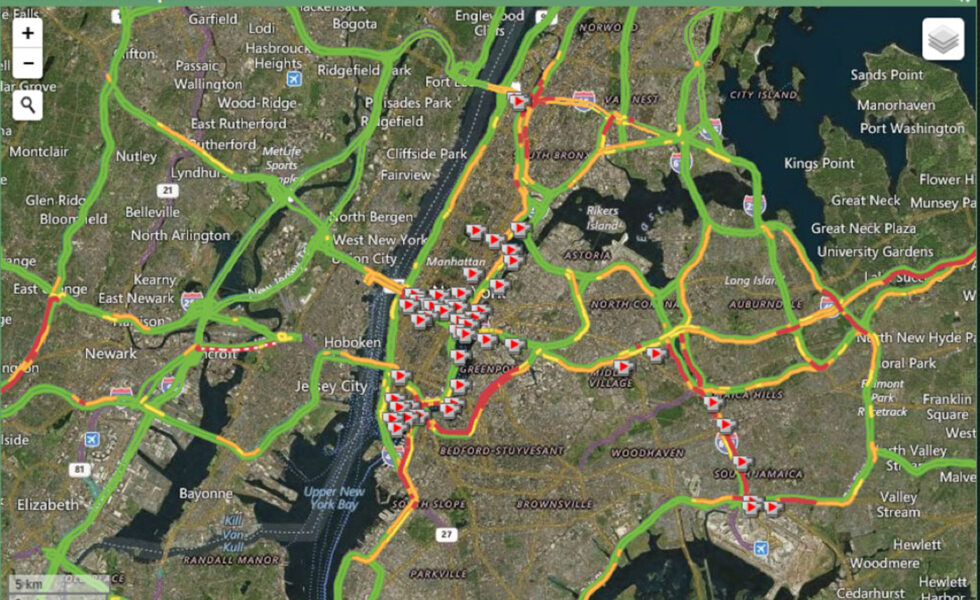AASHTO (American Association of State Highway and Transportation Officials) and NBI (National Bridge Inventory) Element Deterioration Rates for Bridge Management System
The purpose of this study is to develop and implement an analytical framework to calculate deterioration rates for bridges and large culverts based AASHTO-Element inspection data as well as NBI data and demonstrate the application of the approach through currently available inspection data. This analytical approach will be applied to generate deterioration rates for NYS bridges based on, but not limited to climate and/or geographical location, DOT Region, bridge ownership, material types, design types, and bridge types. The outcome of the research will be further implemented in the AASHTO BrM and the Agile Assets Structures Manager and Bridge Analyst.










